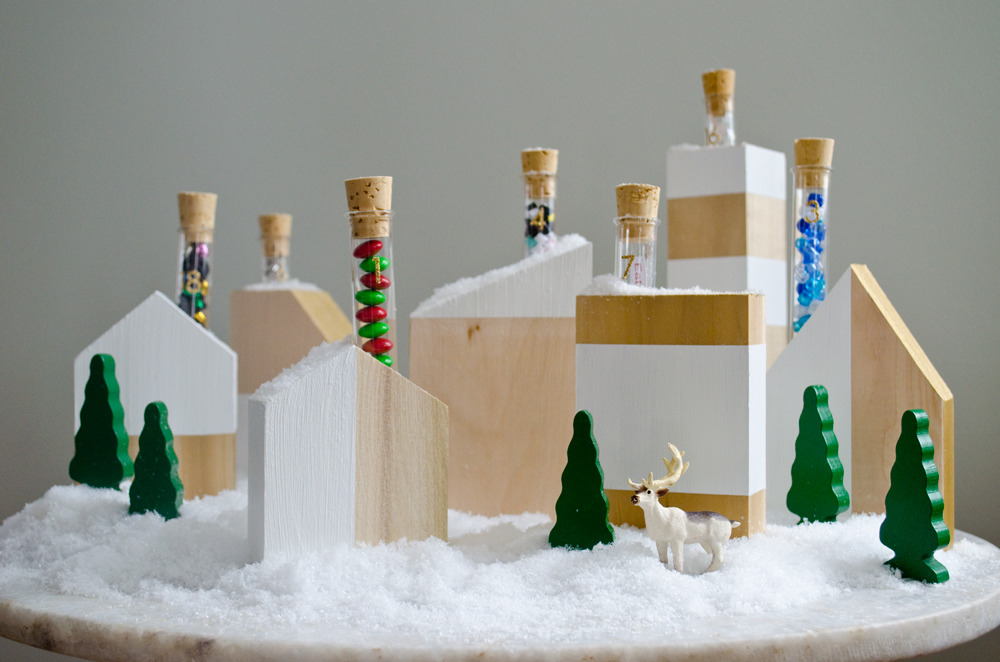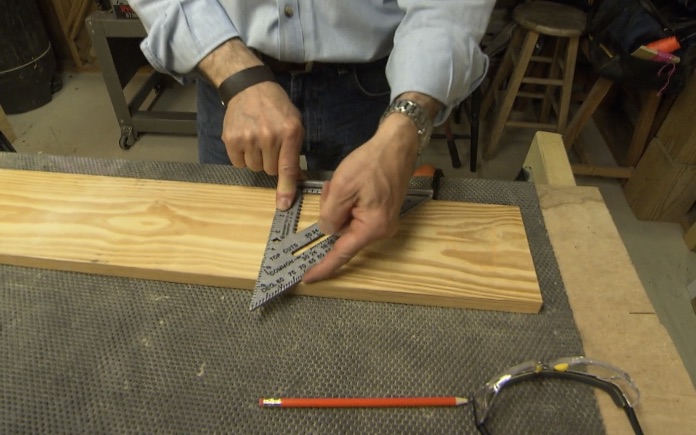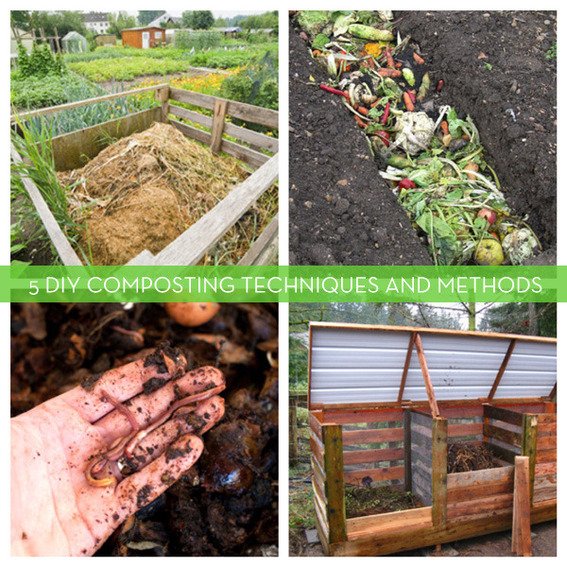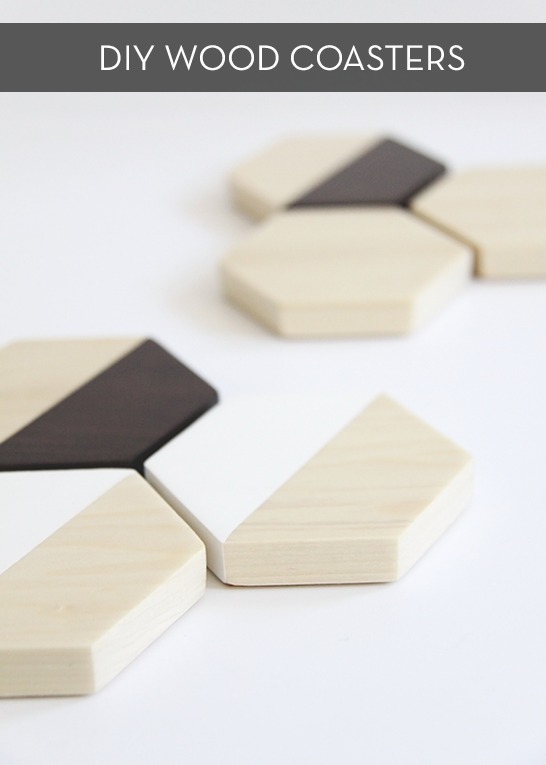How to Make a Sweet Modern Advent Calendar Village
Photo: Bruno Bornsztein It’s advent calendar time! As I write this post, the Midwest is being walloped by a snow storm. Nothing inspires holiday decorating like many inches of snow, and to stave off decking all the halls, I created a little diy advent calendar village for our children. Read on for the full tutorial. … Read more









